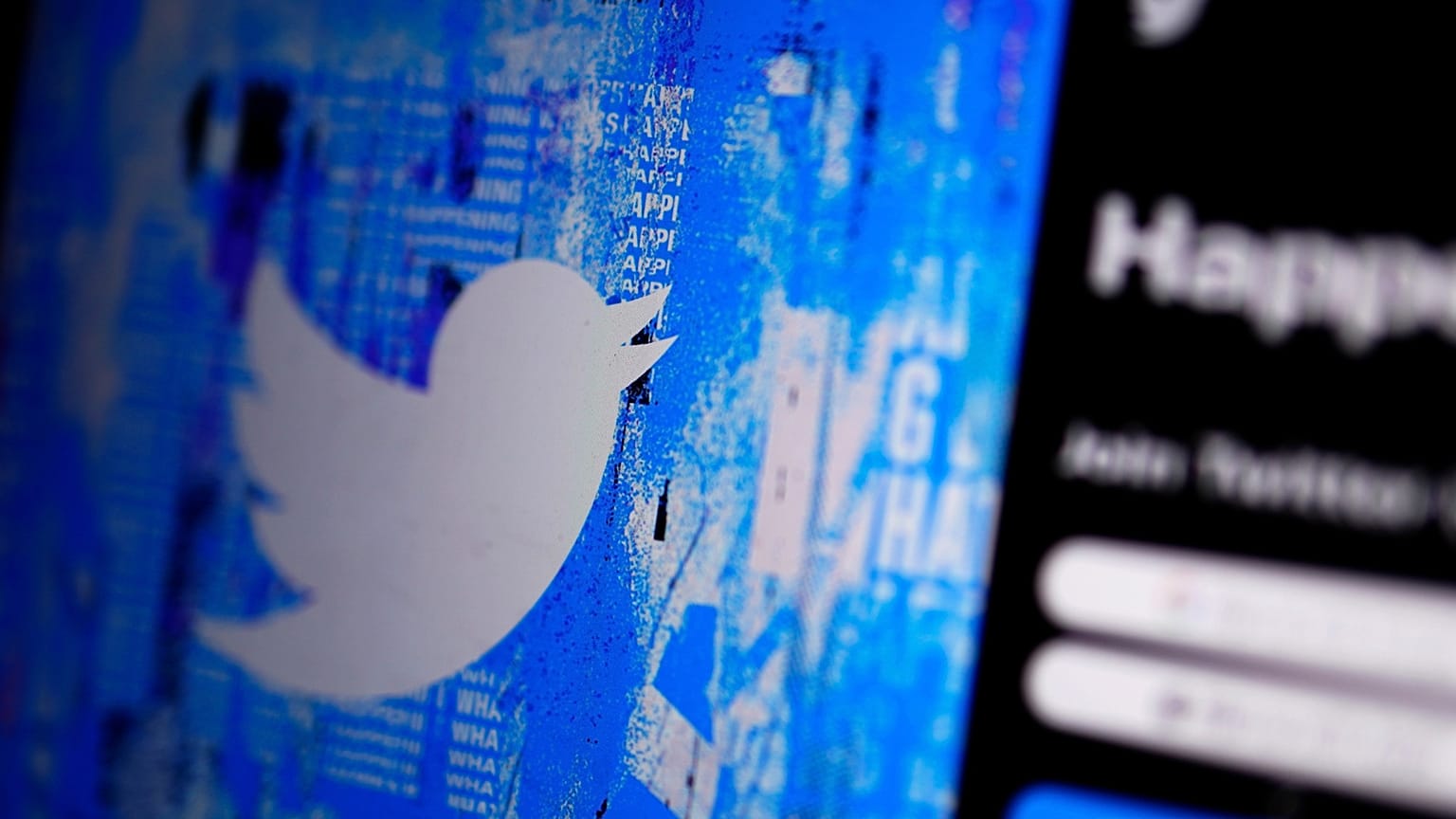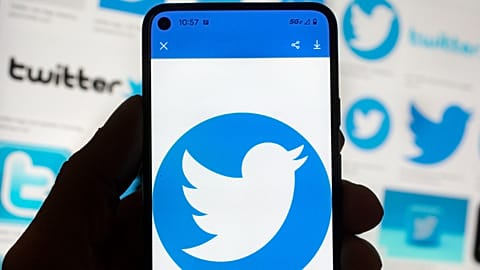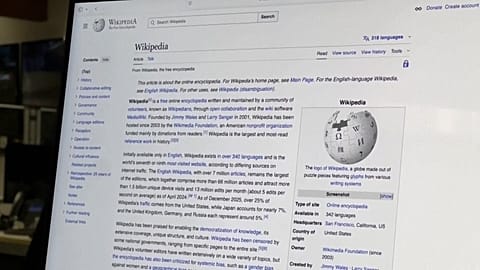The world's biggest news organisations and NATO chief Jens Stoltenberg all lost their Twitter check marks under Elon Musk's new verification policy.
Many of Twitter’s high-profile users including NATO's Secretary General and the world's biggest news organisations are losing the check marks that helped verify their identity and distinguish them from impostors on the Elon Musk-owned social media platform.
After several false starts, Twitter began making good on its promise late on Thursday to remove the blue checks from accounts that don't pay a monthly fee to keep them. Twitter had about 300,000 verified users under the original blue-check system - many of them journalists, athletes, and public figures.
The blue check - which used to mean the account was verified by Twitter to be who it says it is - began disappearing from these users' profiles in the evening in Europe.
Celebrities, journalists, media outlets, government agencies, non-profits, and public-service accounts around the world suddenly found themselves no longer verified, raising concerns that Twitter could lose its status as a platform for getting accurate, up-to-date information from authentic sources, including in emergencies.
The costs of keeping the marks range from $8 a month (€7.30 - though in Europe the cheapest Blue Tick subscription actually amounts to €8.40 a month) for individual web users to a starting price of $1,000 (€913) monthly to verify an organisation, plus $50 (€46) monthly for each affiliate or employee account.
However, Twitter does not verify the individual accounts, as was the case with the previous blue check doled out during the platform’s pre-Musk administration.
News and government agencies lose verified status
While Twitter offers gold checks for “verified organisations” and grey checks for government organisations and their affiliates, it's not clear how the platform doles these out and they were not seen on Thursday on many previously verified agency and public service accounts.
As of Friday morning, the world's three biggest news agencies - Reuters, the Associated Press (AP) and Agence France-Presse (AFP) - had no check mark of any kind. The same was true for the BBC, the Guardian, the New York Times, and scores of established news organisations.
There were other inconsistencies in the way these marks were attributed.
While the NATO had a grey check - indicating the account is verified because it belongs to a government or multilateral organisation, its Secretary General Jens Stoltenberg had no kind of check mark on his account, which has more than 821,000 subscribers.
Former British prime minister Boris Johnson had a grey tick on his Twitter account, while former French prime minister Edouard Philippe did not - and neither did former US president Donald Trump.
The accounts of well-known nonprofits such as Oxfam International, the European consumer group BEUC, Unicef France, and Save the Children UK had no grey or blue ticks.
Fewer than 5 per cent of legacy verified accounts appear to have paid to join Twitter Blue as of Thursday, according to an analysis by Travis Brown, a Berlin-based developer of software for tracking social media.
Musk pays for celebrity accounts' blue ticks
Celebrity users, from basketball star LeBron James to author Stephen King and Star Trek’s William Shatner, have balked at joining - although on Thursday, all three had blue checks indicating that the account paid for verification.
King, for one, said he hadn't paid.
"My Twitter account says I’ve subscribed to Twitter Blue. I haven’t. My Twitter account says I’ve given a phone number. I haven’t," King tweeted Thursday. "Just so you know".
In a reply to King's tweet, Musk said "You’re welcome namaste" and in another tweet said he's "paying for a few personally". He later tweeted he was just paying for King, Shatner, and James.
Singer Dionne Warwick tweeted earlier in the week that the site's verification system "is an absolute mess".
"The way Twitter is going anyone could be me now," Warwick said. She had earlier vowed not to pay for Twitter Blue, saying the monthly fee "could (and will) be going toward my extra hot lattes".
On Thursday, Warwick lost her blue check (which is actually a white check mark on a blue background).
For users who still had a blue check on Thursday, a pop-up message indicated that the account "is verified because they are subscribed to Twitter Blue and verified their phone number". Verifying a phone number simply means that the person has a phone number and they verified that they have access to it - it does not confirm the person's identity.
Musk’s move has riled up some high-profile users and pleased some right-wing figures and Musk fans who argued the marks were unfair. But it is not an obvious money-maker for the social media platform that has long relied on advertising for most of its revenue.
Digital intelligence platform Similarweb analysed how many people signed up for Twitter Blue on their desktop computers and only detected 116,000 confirmed sign-ups last month, which at $8 or $11 per month does not represent a major revenue stream. The analysis did not count accounts bought via mobile apps.
Twitter began tagging profiles with a blue check mark starting about 14 years ago. Along with shielding celebrities from impersonators, one of the main reasons was to provide an extra tool to curb misinformation coming from accounts impersonating people.
Most “legacy blue checks,” including the accounts of politicians, activists and people who suddenly find themselves in the news, as well as little-known journalists at small publications around the globe, are not household names.


















